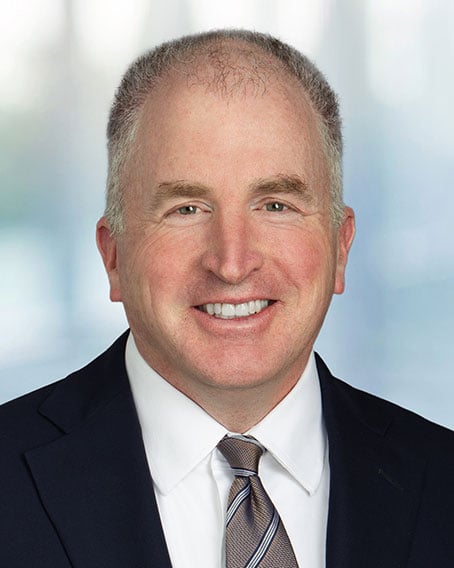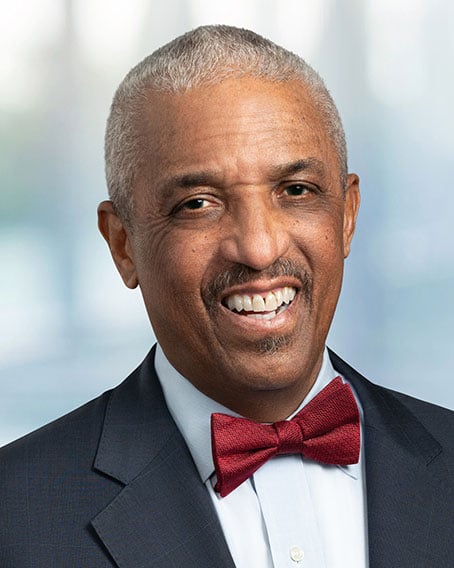Major Milestone for College Athletes
On June 30, 2021, the governance bodies of all three NCAA divisions adopted an interim suspension of the amateurism rules that had prohibited student-athletes from profiting from the commercial exploitation of their names, images, and likenesses (“NIL”).1
As of July 1, 2021, student-athletes will be able to engage in NIL activities that are consistent with relevant state laws (if any) without violating NCAA rules and/or forfeiting their eligibility. The interim policy also allows student-athletes to use third-party service providers, such as agents, to assist with their NIL activities, and schools and conferences may choose to adopt their own policies for determining whether those activities are consistent with state law.
Complex Regulatory Road Ahead
Although the NCAA’s move is a substantial step toward revising the NCAA’s long-held (and increasingly criticized) concept of amateurism in college athletics, there still is a great deal of confusion and uncertainty about how to implement new NIL policies. The absence of uniform, nationwide direction from the NCAA or federal legislation has led to a patchwork of state NIL legislation, with many state laws taking effect July 1, 2021, and several others shortly thereafter.2 This approach poses the risk that permissible NIL activities will differ for colleges and universities on a state-by-state basis.
For instance, will student-athletes in states without applicable laws have free rein to profit from their NILs in any way that doesn’t violate their school or conference rules? How quickly will schools in states without NIL laws be able to implement policies for their student-athletes, and how might those policies differ from the policies and applicable laws in NIL states? Will students consider differences in state laws and school and conference policies (or the absence thereof) as part of their recruiting decisions?
While schools, divisions, and the NCAA seem prepared to adapt to new regulations, the uncertainty stemming from the threat of litigation and the now-numerous competing state laws creates a major barrier to predictability. A uniform, nationwide NIL policy by the NCAA, federal legislation, or both could be a big step toward providing that certainty. However, the NCAA likely will delay implementing a uniform NIL policy in light of the Supreme Court’s recent decision in NCAA v. Alston, which, while not directly related to NIL, served as a warning that attempts to restrict NIL activities could be viewed as violations of federal antitrust law.3 Although there have been a number of (stalled) attempts at federal legislation, perhaps this latest announcement by the NCAA, and the state laws that have just come into effect, will help pressure lawmakers to find a national, predictable, and uniform solution.
Schools Scrambling to Adopt New Policies
Until a nationwide NIL policy is in place, schools will be obligated to establish and implement their own NIL frameworks in response to state legislation, litigation and the risk of litigation, and the conduct of competing schools. Although athletes’ ability to profit from their NILs, and potential conflicts between individual and team/league sponsorships, are routine issues in professional sports, this is the first time that universities will have to get up to speed and consider their positions on these topics. Further complicating NIL in the college athletics space is that the NCAA has retained its commitment to prohibit pay-for-play and improper recruiting inducements.
While the NCAA did provide some “guardrails” to help guide schools in this process (including (i) removing penalties for student athletes who properly exercise the right to monetize their NIL rights, (ii) prohibiting payments from the schools and/or boosters in exchange for athletic performance or attendance, and (iii) requiring schools to post their written NIL policies on their websites), many of the more difficult issues remain unresolved. Thus, it is important for schools to consider and create policies for the upcoming academic year that are as clear as possible.
Those schools still working on a NIL policy should consider:
- Outlining basic principles that will guide decision-making (e.g., fairness, focus on education, no pay-for-play, and compliance with applicable laws and guidelines);
- A mechanism for their policies to evolve in light of changing circumstances and the new NIL environment, as well as new legislation and external considerations;
- Open lines of communication so student-athletes can ask questions and seek clarification on situations that may not be directly addressed;
- Specific rules (with specific examples) on how student-athletes are and are not permitted to leverage their association with a school or team – including use of the school’s trademarks, logos, colors, uniforms, and/or facilities – in promoting their own brands;
- Policies addressing the potential for conflicts between school/team and individual athlete sponsorships;
- Reporting requirements and rules on the permissible use of agents and other third parties (attorneys, brand/social media coaches, etc.);
- The extent to which NIL activities do or do not align with the school’s values (e.g., sponsorships of alcohol brands, etc.); and
- Policies addressing the school’s right to use student-athletes’ NILs in the school’s own marketing and sponsorship opportunities.
By way of example, the University of Florida (“UF”) recently published a summary of its NIL policy, which serves as a useful example on how many of these questions may be addressed.4 For the use of marks and logos, UF requires that any use of school or athletic department marks and logos be secured via an agreement with them granting such specified rights. UF also requires all agreements to be disclosed within four days, and limits the representation of student-athletes to agents and attorneys that are licensed in the state and in good standing, respectively. Furthermore, such representation may not exceed beyond the student-athletes’ participation in athletics at the institution. Finally, UF forbids opportunities that conflict with academic or team-related activities; prohibits agreements associated with gambling and/or performance-enhancing drugs; and intends to provide financial literacy, brand-building, and educational workshops on NIL for its student-athletes. While real-world challenges may require further adjustments, UF’s early adoption of this policy likely will serve as a useful example for other schools now undertaking the same exercise.
New NIL Activities Underway
While student-athletes wait for either the NCAA or the federal government (or both) to enact nationwide NIL standards, they are already beginning to take advantage of state NIL laws and/or school NIL policies. Some, such as Wisconsin quarterback Graham Mertz and Iowa basketball player Jordan Bohannon, have already revealed their upcoming trademark and product lines, respectively, and it is likely that countless more will follow now that a number of new state NIL laws are in effect.5
In order to manage and track the likely deluge of student-athlete sponsorships, schools may turn to third-party platforms offering customizable templates for establishing and implementing NIL policies and tracking student-athlete disclosures of sponsorship agreements. Other third parties (sports agents, sponsors, etc.) are also expected to ramp up their activities to capitalize on this new opportunity. Against a backdrop of uncertainty, one thing is clear: as schools prepare for the upcoming semester and athletes for their upcoming seasons, NIL issues will be top of mind for all involved.
- NCAA Adopts Interim Name, Image and Likeness Policy, NCAA (June 30, 2021) https://www.ncaa.org/about/resources/media-center/news/ncaa-adopts-interim-name-image-and-likeness-policy
- Tracker: Name, Image and Likeness Legislation by State, Business of College Sports (June 29, 2021) https://businessofcollegesports.com/tracker-name-image-and-likeness-legislation-by-state/
- Supreme Court’s 9-0 Ruling Allows Student-Athletes to Receive Education-Related Benefits, Ropes & Gray LLP (June 23, 2021) https://www.ropesgray.com/en/newsroom/alerts/2021/June/Supreme-Courts-9-0-Ruling-Allows-Student-Athletes-to-Receive-Education-Related-Benefits
- Name, Image, Likeness, University of Florida (June 29, 2021) https://floridagators.com/sports/2021/6/24/name-image-likeness.aspx
- NCAA D-I Council Recommends NIL Interim Policy; Badgers’ Mertz Unveils Trademark, The Athletic (June 29, 2021) https://theathletic.com/news/ncaa-d-i-council-recommends-nil-interim-policy-badgers-mertz-unveils-trademark/gsHHeduJ06Fn
Stay Up To Date with Ropes & Gray
Ropes & Gray attorneys provide timely analysis on legal developments, court decisions and changes in legislation and regulations.
Stay in the loop with all things Ropes & Gray, and find out more about our people, culture, initiatives and everything that’s happening.
We regularly notify our clients and contacts of significant legal developments, news, webinars and teleconferences that affect their industries.






